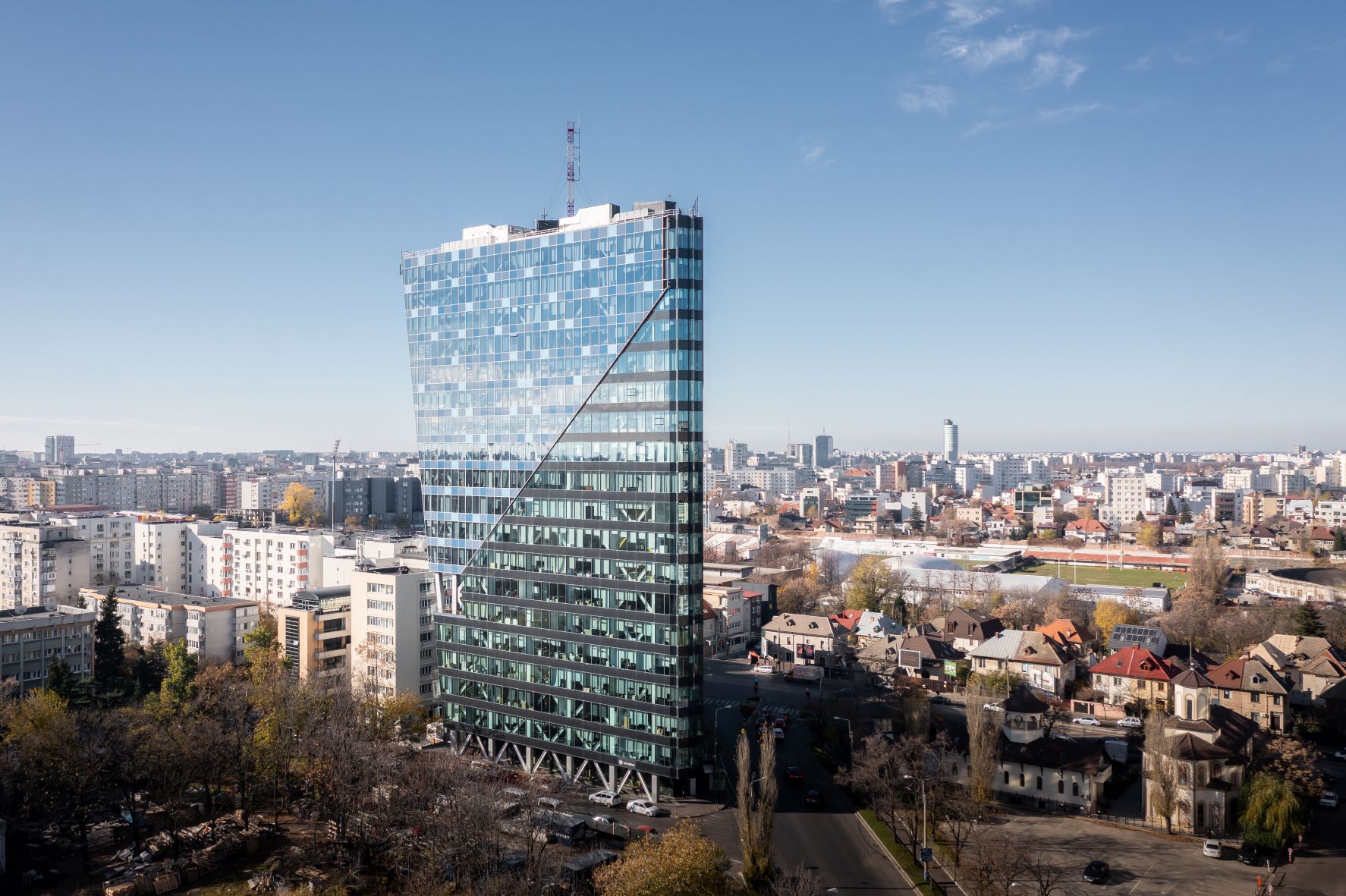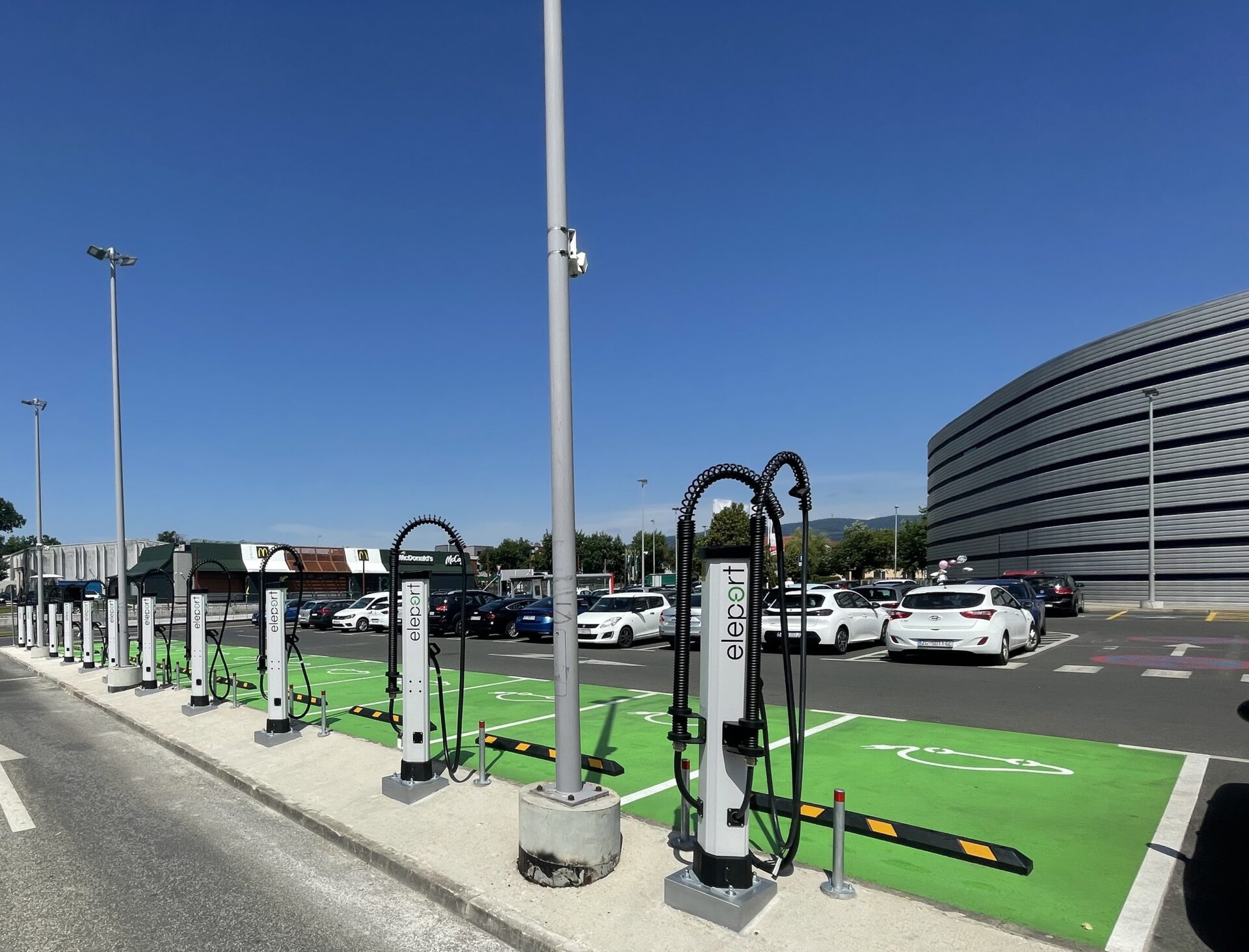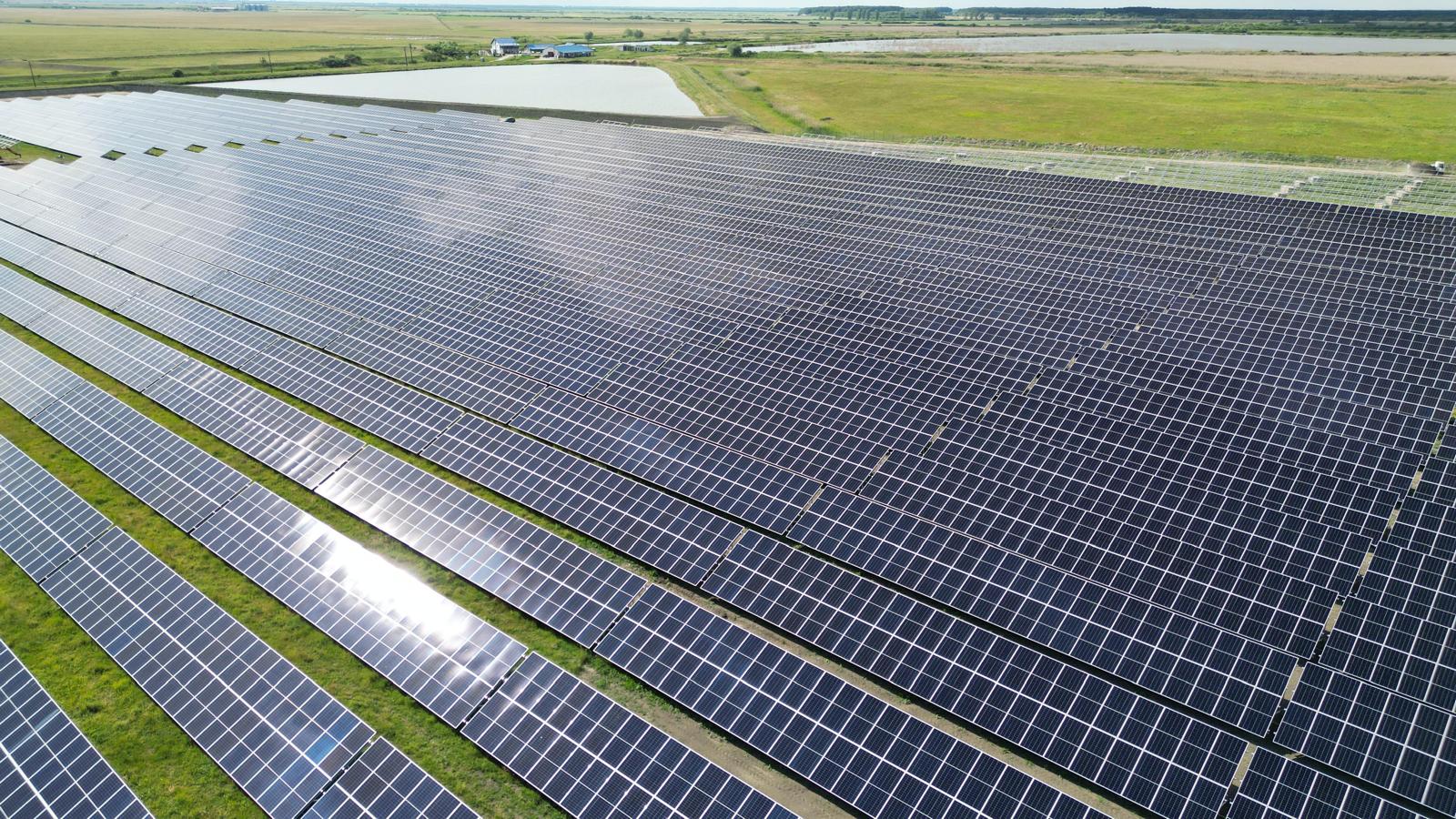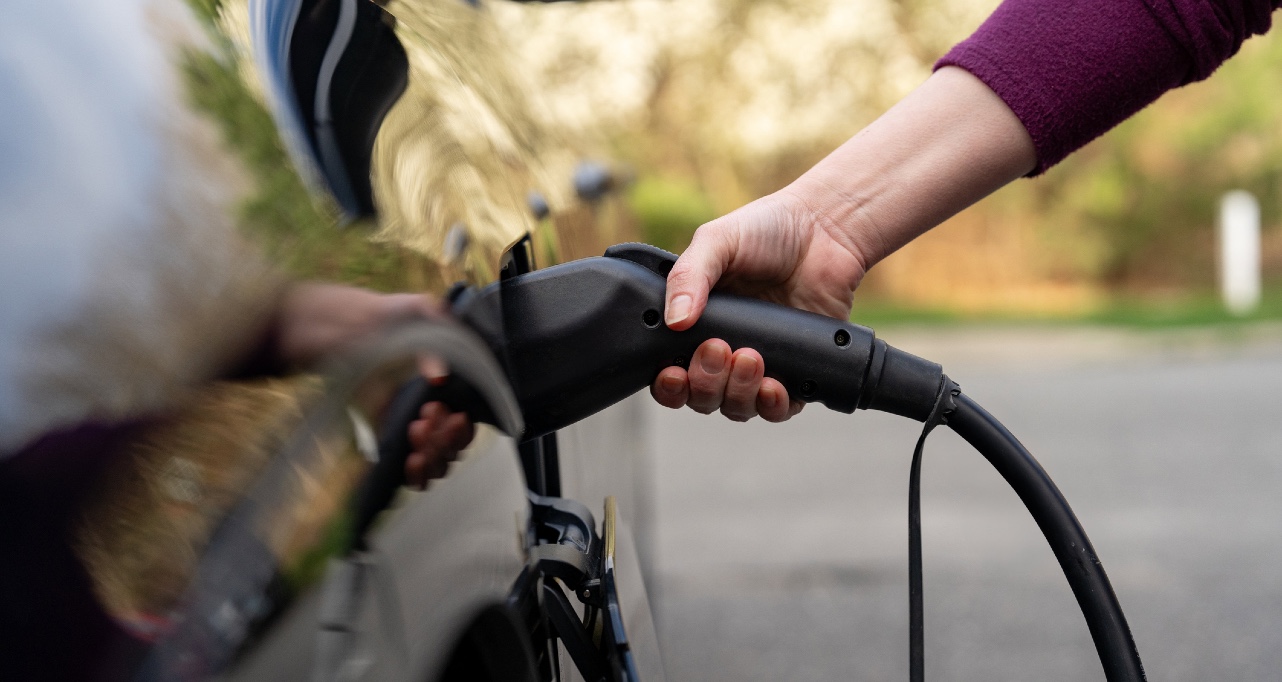Euro Tower, the landmark office building owned by Cascade Group in the Central – North of Bucharest, officially becomes the first LEED Zero Carbon certified building in Romania. LEED Zero Carbon, part of the LEED sustainable development certification methodology, is the most stringent program in the world for assessing carbon neutrality in buildings.
“This is the 3rd “first” in the history of Euro Tower – starting from the first green certification ever obtained in Romania (2010), followed by the first building to reach carbon neutrality (2019 – 2021) and, now, the first LEED Zero Carbon certification in the country. We can say without a doubt that Euro Tower, often referred to as Romania’s first green building during the past decade, can now be officially considered the country’s landmark in sustainable development per se. Our vision, as a real estate developer, is to ensure all necessary aspects in order to maintain Euro Tower’s carbon neutrality also in the upcoming years,” commented Alex van Breemen, Cascade Group.
Developed by Cascade Group, Euro Tower is one of the landmark class A office buildings in Bucharest, having a total area of 18,000 sqm structured on 18 floors and 5 underground levels, plus 200 parking spaces. In 2009, Euro Tower obtained the BREEAM Very Good certification, becoming the first building in Romania to be officially confirmed as being Green according to global sustainable development methodologies.
Cascade Group, Euro Tower developer, embarked on a comprehensive process of long-term neutralization of all CO2 emissions a few years ago, as part of a long-term decarbonization strategy. The decarbonization strategy was developed and conducted by BuildGreen, a leading provider of certification and advisory services for sustainable development in Central and Eastern Europe. Euro Tower reached the level of carbon neutrality in 2019, as well as in 2020, according to the assessment of the building’s degree of CO2 emissions during that period.
“Zero Carbon certificates and systems are the next step in sustainable building, as carbon neutrality and reduction of CO2 emissions are a worldwide priority. In this context, Euro Tower will remain Romania’s milestone in sustainable development, the starting point which broke the mold towards carbon neutrality and set the ground for higher certification requirements and lower CO2 emissions,” said Răzvan Nica, Managing Director BuildGreen.
“However, we’re just getting started. Carbon neutrality is a must across the Globe, but the exact tools for reaching it are still under development. With buildings responsible for circa 40 percent of energy-related greenhouse gases, the population grows and the space per capita increases, the relative importance of buildings to the climate also increases, together with pressure over real estate developers and investors,” explains BuildGreen Managing Director.
In the context of an increasing need for a drastic reduction in greenhouse gas emissions, LEED Zero represents an addition to the LEED certification programs and sustainable goals. The LEED Zero certification program focuses on 4 key areas (carbon, energy, water and waste). LEED Zero Carbon is primarily concerned with carbon emissions as a result of building development – recognizing a building that is operating with net-zero carbon emissions over a year.
While the LEED certification system focuses on strategies and a holistic approach to sustainable building, driving the reduction of carbon emissions based on materials and energy efficiency, among other strategies, the LEED Zero Carbon certification focuses on the balance of carbon emissions that were caused and may be avoided. The LEED Zero Carbon certification is designed to include the main categories of carbon production operations:
- Energy: energy and fuel consumed, including on-site and off-site, such as the power grid supplied for a 12-month period.
- Transportation: transportation of employees or residents of the building.
- Water: emissions associated with drinking water consumed in the building and site and with the treatment of wastewater, using the best available data throughout the year.
- Residues: emissions from transportation and disposal of building and site materials, including landfill waste, incineration waste, recycling and compost over a period of 12 months.
Decarbonizing the carbon footprint of a building requires the use of all materials and technologies capable of ensuring energy efficiency and minimizing CO2 emissions, implementing the most efficient solutions for building construction and operation, as well as the offset of CO2 emissions that are impossible to eliminate or control in the development process (e.g. generated by tenants through their normal activity, emissions generated by water supply and sewerage).
As a differentiating factor for Euro Tower in the decarbonization process, the offset included in addition to the building’s carbon footprint also the carbon dioxide emissions generated by the building’s Tenants, benefiting them directly.
Another differentiator is that all CO2 emissions are calculated and compensated in order to reach all 3 scopes, according to GHG protocol (Greenhouse Gas Protocol) – Given that, globally, most companies are primarily concerned with scopes 1 and 2, scope 3 being the biggest challenge of the moment in all decarbonization strategies (CO2 emissions from suppliers of materials or services, or other sources difficult to control).
BuildGreen assisted the developer from the beginning offering consultancy and valuation services in line with BREEAM and LEED methodologies, advice for sustainable design and procurement, as well as for defining the long-term decarbonization strategy. Răzvan Nica, BuildGreen founder and Managing Director, is also the assessor that managed Euro Tower BREEAM certification in 2009, turning the building into a first in the Romanian real estate development market.







